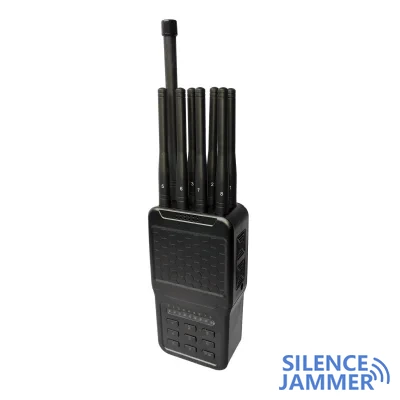Background
A robbery occurred at Jim Grubb's home in San Jose, California. He found the front door of his home ajar, leading him to suspect the cause of the missing items. The next morning, Grubb discovered that several valuables, such as a laptop and a drone, had been stolen, prompting him to check the Nest security camera footage at the front door.

Anomalies in surveillance footage
Grubb reviewed the footage and found a large number of gaps and skipped frames in the surveillance video of the front yard. The outline of the thief's flashlight and beanie hat can be seen in the footage. However, the gaps in the footage made it difficult to clearly identify the thief's facial features. He contacted Nest customer support and learned that the video doorbell's communication with the router was not interfered with before the incident.

Discovery of signal jammer
During the investigation, Grubb learned that a miniature signal jammer can interfere with the normal function of a Wi-Fi network. This device can deauthorize clients on a Wi-Fi network, causing the signal to be interrupted. Grubb speculates that the thieves may have used this technology to block the security camera's video footage during the intrusion, making it unable to record the entire intrusion process.

Technical hazards
The case highlights the potential threat of signal jammer devices in criminal activities. Using these devices can bypass home security systems and affect the effectiveness of surveillance cameras, thereby protecting thieves from being detected. This discovery has alerted Grubb to the need for more protection of modern home security systems, especially to prevent interference from high-tech means.




